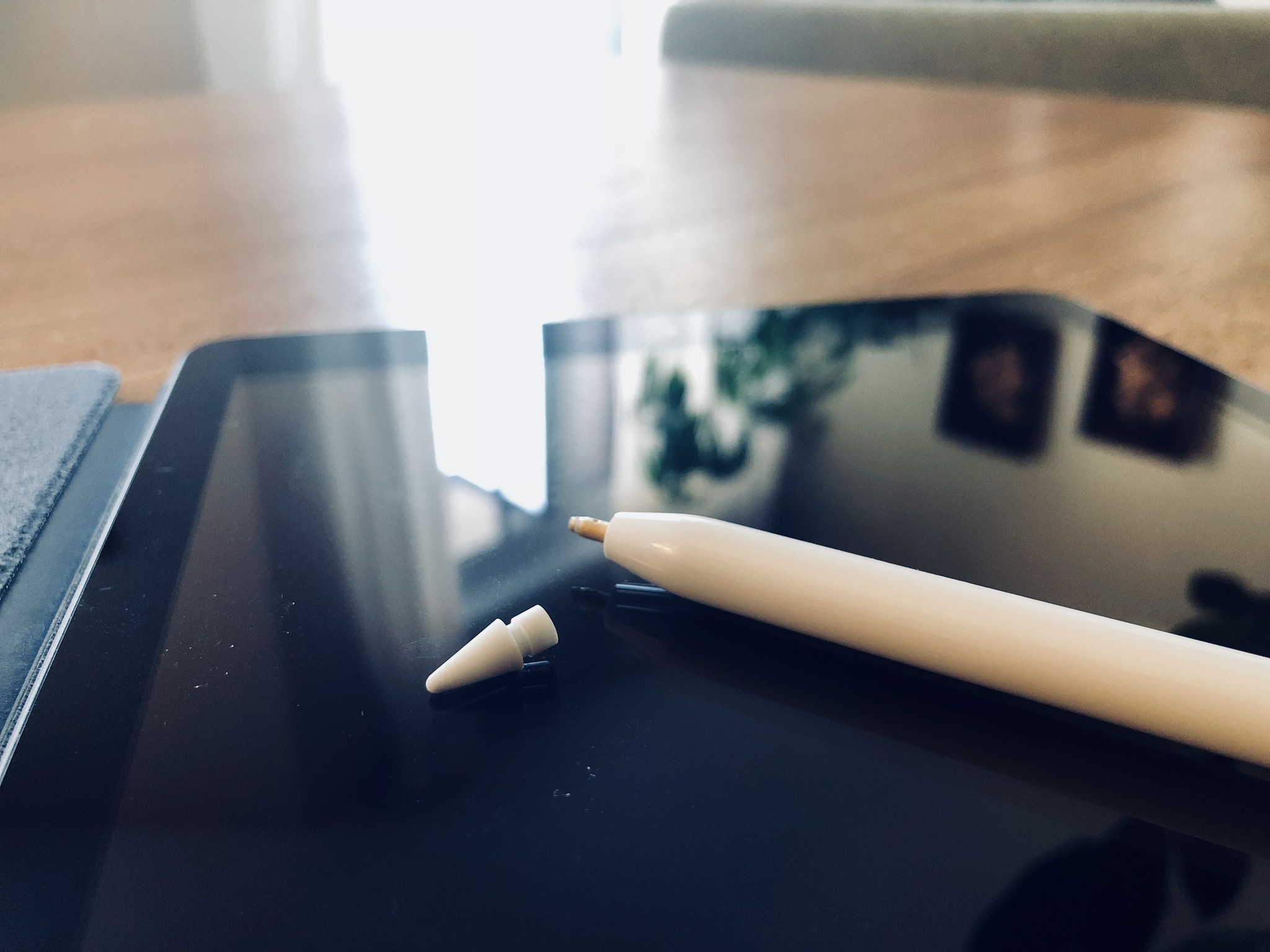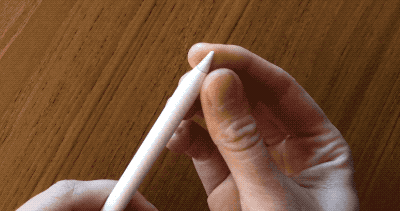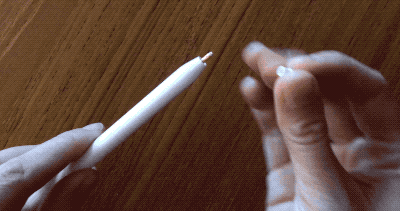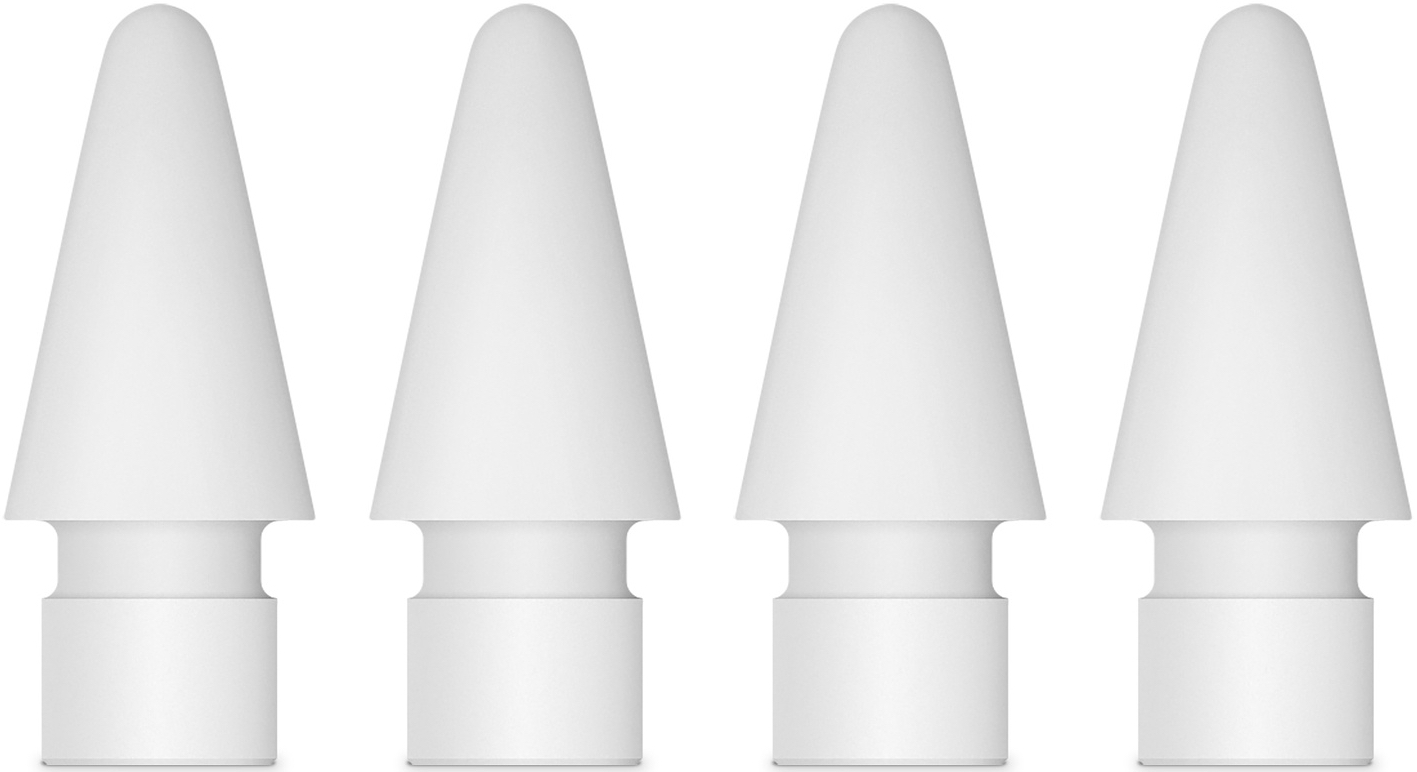How to replace the tip of your Apple Pencil

The Apple Pencil lets you digitally draw, write, and illustrate anything your heart desires on your iPad and iPad Pro.
But though the Pencil needs no regular sharpening like its namesake, its plastic nib can wear down and get damaged over time. Having recently replaced a Pencil nib, I wanted to quickly run through the decision and replacement process for everyone else curious about the life cycle of their stylus.
Note: These steps are valid for both the first-generation Apple Pencil and the Apple Pencil 2.
When should you replace an Apple Pencil nib?
The Apple Pencil's nib is made of a hard capacitative plastic that sends signals to your iPad's screen based where you're drawing — and how hard you're pressing, too.
Hard plastic though it may be, it's not the same kind as the Pencil's exterior body — the tip has a slightly more flexible plastic that can wear away, chip, or otherwise get damaged over time.
As you sketch or write on your iPad, pressing against your screen will slowly wear down and widen the Pencil tip. This process isn't quick, however: I've owned (and pretty regularly used) Apple's stylus since 2015, and I've only replaced two nibs in its lifetime.
This process won't dramatically alter your Pencil experience on the iPad, either: The tip gets a little rougher and larger, but you'll still have full functionality.
iMore offers spot-on advice and guidance from our team of experts, with decades of Apple device experience to lean on. Learn more with iMore!
If you're debating whether to replace your Apple Pencil nib, the biggest reasons to do so are feel, finish, and functionality.
Feel
As your nib wears down, it might feel a bit rougher when drawing on your iPad. Don't worry, unless there's actual finish damage (more on this in a moment), this roughness won't hurt your screen; that said, it may change the way you draw on the iPad and you might not like it as much.
(Alternatively, for those who feel the Pencil is too slippery, wearing down the nib might actually make it feel better when drawing on your screen.)
Finish
When a nib is really worn (or it's been damaged due to a drop or excessive wear), you'll be able to feel it by running a finger over the tip of your Apple Pencil. If the nib feels overly rough or sandpaper-like in any way, you've worn down the plastic and might want to start thinking about a replacement.
Though I've never worn a nib down to the extent where using it damaged my tablet, I'd still advise against using a Pencil with a physically rough nib on your iPad's screen.
Functionality
In rare cases, you might damage the Pencil nib to the extent where it no longer functions as a capacitative stylus, effectively "breaking" the tool. While I've never had this happen to me, I've heard of a few (very rare) cases where a direct drop on concrete flattened the nib enough that it no longer registered when drawing.
If your Pencil shows up as connected to your iPad but you can't make drawing work, consider replacing the nib before getting into more complex troubleshooting scenarios.
Where can you get replacement Apple Pencil tips?
First and foremost: Your Apple Pencil comes with one free nib replacement in its original box and packaging. If you haven't thrown it away, you can find the spare nib inside the paper sleeve (along with a Lightning adapter that allows you to plug your Pencil into a standard Lightning cord).
If you've thrown it away or otherwise can't find your spare nib, you can pick up a set of replacement tips from the Apple Store.
How do I replace my Apple Pencil tip?
This part is easy:
- Unscrew the nib in a counter-clockwise direction until it comes off the Pencil.

- Install the new nib by screwing the new tip on your Pencil until it feels secure.

When should I replace my Apple Pencil outright?
Thanks to nib replacement, you should get many more years out of your Apple Pencil than a traditional ink pen or pencil. In an ideal world, you shouldn't have to replace your Pencil; that said, if the Pencil's internals begin pulling away, you might want to consider putting it out to pasture. (Or, at the very least, contacting AppleCare.)
Other questions?
Let us know in the comments.
Update March 2019: Updated for Apple Pencil 2. Serenity Caldwell contributed to a previous version of this article.

iMore.com is your source for all things Apple, and the IM Staff author represents our collective hivemind, for those occasions when the whole team speaks with one voice to bring you important updates about the site, editorial policies, awards, promotions and more.
The iMore team of Apple enthusiasts and experts shows you how to get the most out of your tech life by using Apple products and the apps, services, and devices they connect with to their fullest. iMore is a mainstay in the Apple community for good reason. Every single iMore writer and editor takes their job seriously, and we prioritize accuracy and editorial independence in everything we do, never receiving compensation for coverage and never pulling punches.
As well as our amazing group of regular contributors, the iMore staff team currently consists of:
Gerald Lynch — Editor-in-Chief
Stephen Warwick — News Editor
Daryl Baxter — Features Editor
John-Anthony Disotto — How To Editor
Tammy Rogers — Senior Staff Writer
James Bentley — Staff Writer

